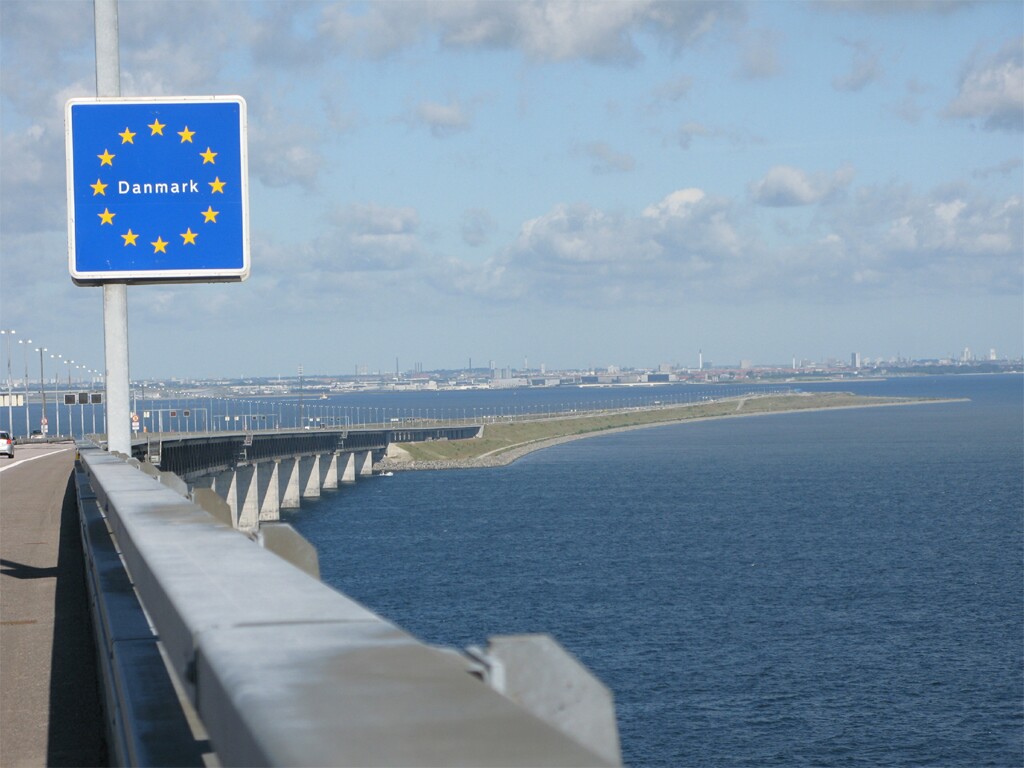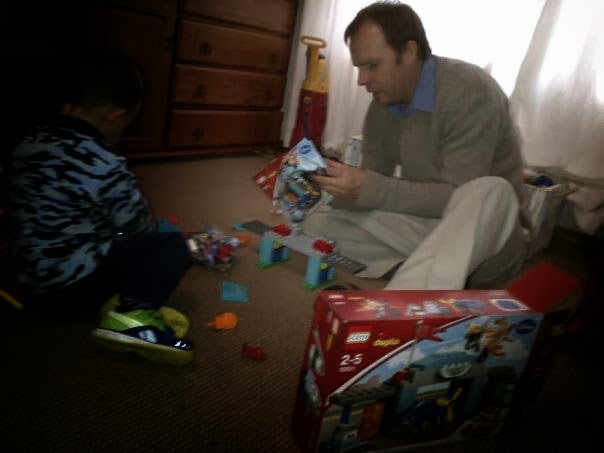 |
| As Gaston Lagaffe appears today on Google's front-page |
Gaston is a comic strip created in 1957 by the Belgian cartoonist André Franquin in the Franco-Belgian comics magazine Spirou. The series focuses on the every-day life of Gaston Lagaffe (whose surname means "the blunder"),
a lazy and accident-prone office junior.
Gaston is very popular in large parts of Europe.
 |
| One of the many Gaston Lagaffe figurines |
Gaston’s appearance changed over the past 57 years. From his first appearance (left) to what he looked like yesterday (he has not arrived at the office; he is usually somewhat late on a Friday), but he will probably wear the same sweater, denim and sneakers.







 Sweden (original)
Sweden (original) USA (original)
USA (original) Luxembourg (original)
Luxembourg (original) China
China Germany
Germany France
France Switzerland
Switzerland South Africa
South Africa











 Denmark
Denmark Norway
Norway Åland (an autonomous province of Finland since 1920)
Åland (an autonomous province of Finland since 1920) Faroe Islands (an autonomous country within the Danish Realm, self-governed since 1948)
Faroe Islands (an autonomous country within the Danish Realm, self-governed since 1948) Finland (a parliamentary republic, independent since 1917)
Finland (a parliamentary republic, independent since 1917) Greenland (an autonomous country within the Danish Realm, self-governed since 1979)
Greenland (an autonomous country within the Danish Realm, self-governed since 1979) Iceland (a parliamentary republic; sovereign since 1918, independent since 1944)
Iceland (a parliamentary republic; sovereign since 1918, independent since 1944)








